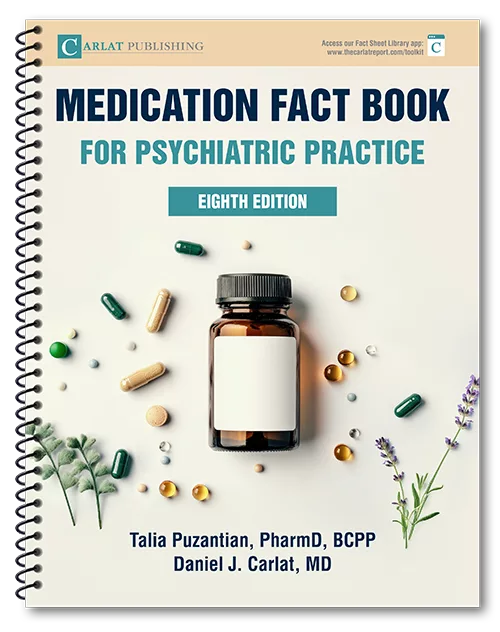Home » Sleep-Wake Disorders: Changes in DSM-5
Sleep-Wake Disorders: Changes in DSM-5
May 9, 2013
The fifth edition of the Diagnostic and Statistical Manual of Mental Disorders (DSM-5), to be published May 2013, entails a major change in how sleep disorders (“sleep-wake” disorders in DSM-5) are viewed in relation to other disorders. The distinction between primary and secondary sleep disorders is being dropped.
According to the American Psychiatric Association (APA) bulletin “Highlights of Changes from DSM-IV-TR to DSM-5.,” the change reflects a “paradigm shift” in the field of sleep disorder medicine that “underscores that the individual has a sleep disorder warranting independent clinical attention, in addition to any medical and mental disorders that are also present, and acknowledges the bidirectional and interactive effects between sleep disorders and co-existing medical and mental disorders.”
Thus, the DSM-IV-TR categories of “sleep disorder related to another mental disorder” and “sleep disorder related to another medical condition” will be eliminated. Instead, DSM-5 will provide greater specification of co-existing conditions for each sleep-wake disorder.
In keeping with this reconceptualization, the DSM-5 will eliminate the diagnosis of “primary insomnia” in favor of “insomnia disorder.”
With the release of DSM-5, the APA is making the first major revision to the manual since 1994.
The DSM-5 Sleep-Wake Disorders Workgroup stated that an important goal was to “improve recognition of sleep disorders by mental health and general medical clinicians, to improve appropriate referrals to a sleep specialist, and to improve the approach to treatment of sleep disorders that are comorbid with other health conditions.”
DSM-5 “distinguishes narcolepsy, which is now known to be associated with hypocretin deficiency, from other types of hypersomnolence.”
Other changes in DSM-5 related to sleep-wake include the following:
According to the American Psychiatric Association (APA) bulletin “Highlights of Changes from DSM-IV-TR to DSM-5.,” the change reflects a “paradigm shift” in the field of sleep disorder medicine that “underscores that the individual has a sleep disorder warranting independent clinical attention, in addition to any medical and mental disorders that are also present, and acknowledges the bidirectional and interactive effects between sleep disorders and co-existing medical and mental disorders.”
Thus, the DSM-IV-TR categories of “sleep disorder related to another mental disorder” and “sleep disorder related to another medical condition” will be eliminated. Instead, DSM-5 will provide greater specification of co-existing conditions for each sleep-wake disorder.
In keeping with this reconceptualization, the DSM-5 will eliminate the diagnosis of “primary insomnia” in favor of “insomnia disorder.”
With the release of DSM-5, the APA is making the first major revision to the manual since 1994.
The DSM-5 Sleep-Wake Disorders Workgroup stated that an important goal was to “improve recognition of sleep disorders by mental health and general medical clinicians, to improve appropriate referrals to a sleep specialist, and to improve the approach to treatment of sleep disorders that are comorbid with other health conditions.”
DSM-5 “distinguishes narcolepsy, which is now known to be associated with hypocretin deficiency, from other types of hypersomnolence.”
Other changes in DSM-5 related to sleep-wake include the following:
-
Breathing-Related Sleep Disorders. In DSM-5, these are divided into three disorders: obstructive sleep apnea hypopnea, central sleep apnea, and sleep-related hypoventilation.
-
Circadian Rhythm Sleep-Wake Disorders. DSM-5 expands the subtypes of these disorders to include advanced sleep phase syndrome, irregular sleep-wake type, and non-24-hour sleep-wake type. Jet lag type is eliminated.
-
Rapid Eye Movement Sleep Behavior Disorder and Restless Legs Syndrome. These have been designated as independent disorders. In DSM-IV-TR, they were included under dyssomnia not otherwise specified.
Carlat Total Access Subscriptions: Get access to every article on the website.
Recommended
Newsletters
Please see our Terms and Conditions, Privacy Policy, Subscription Agreement, Use of Cookies, and Hardware/Software Requirements to view our website.
© 2025 Carlat Publishing, LLC and Affiliates, All Rights Reserved.

_-The-Breakthrough-Antipsychotic-That-Could-Change-Everything.webp?t=1729528747)



